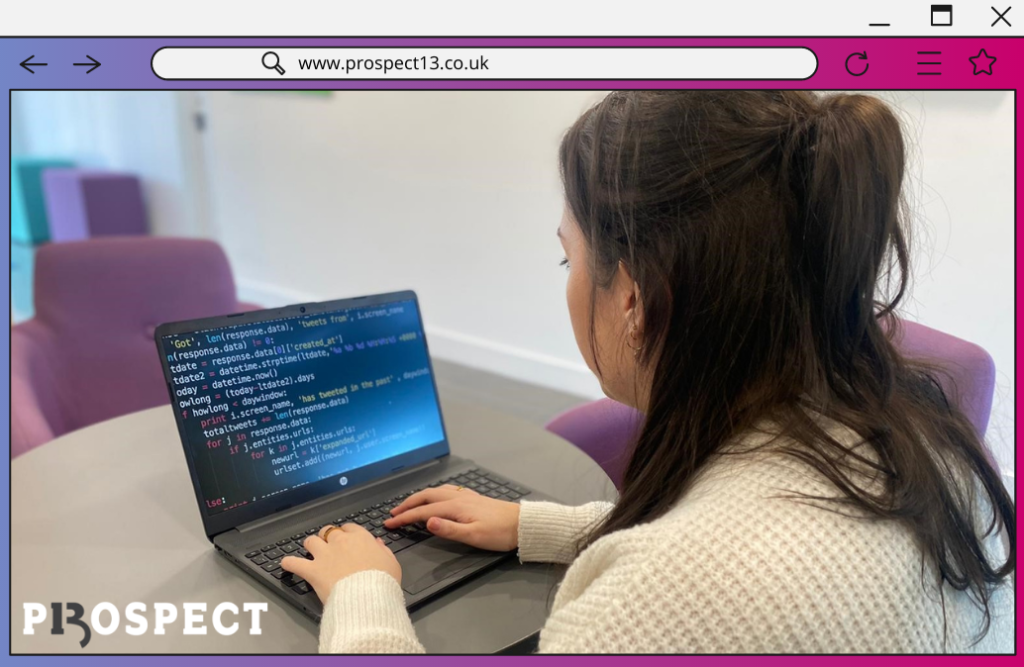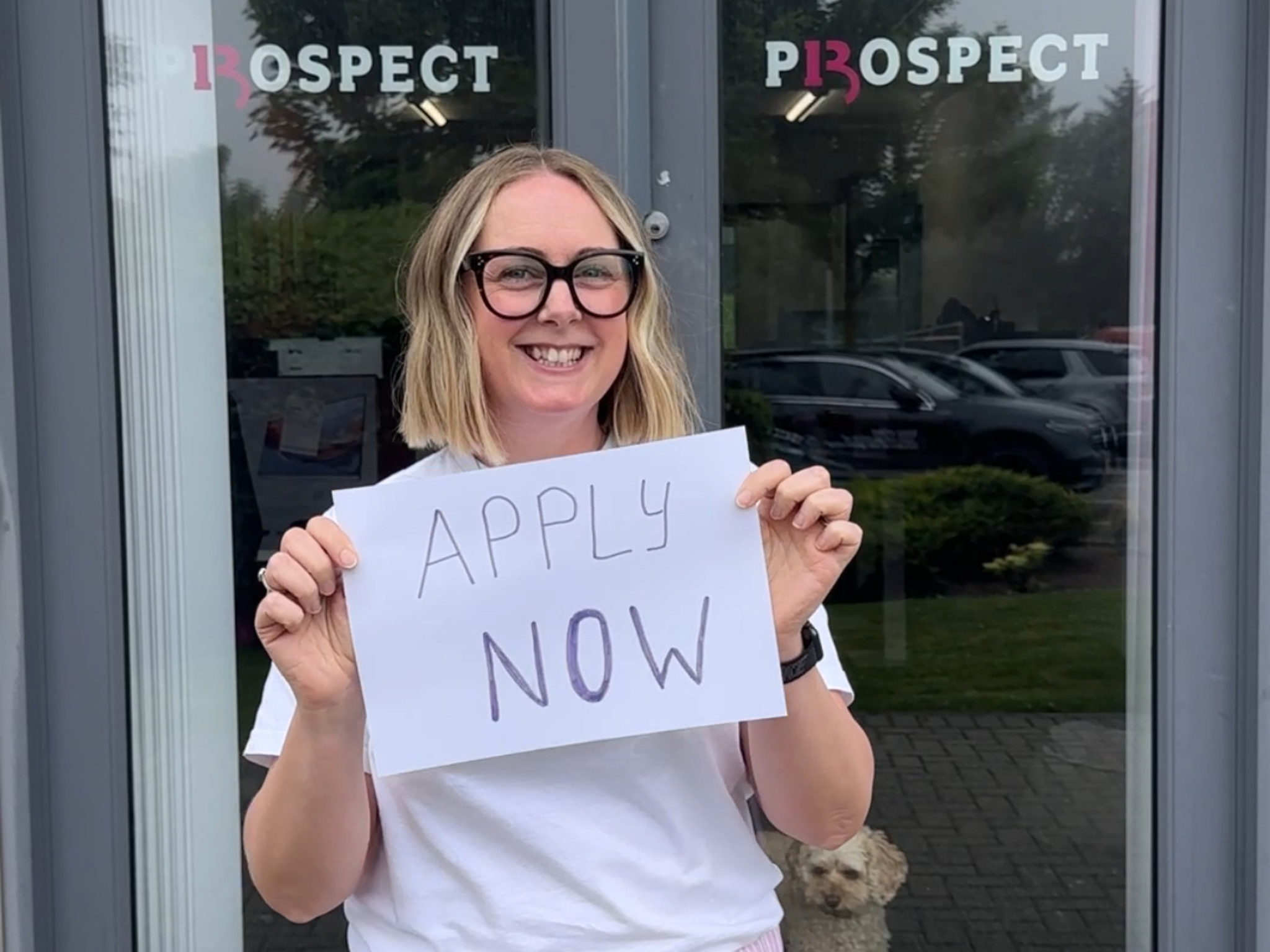A ‘good website’ is subjective but there are some things that you can consider almost guaranteed to improve your business website.
There are currently 1.18 billion websites and over 50 billion webpages on the internet.
It is hard to even compute just how much data that is and even harder to comprehend the volumes of information available at our fingertips. It is overwhelming.
Around 252,000 new websites are created every day – that is 175 every single minute! – so it is easy to see how a website can get completely lost in the tidal waves of expanding internet. Online presence is everything nowadays. Long gone are the days of wading through the phone book to find a local mechanic or your nearest florist. For most businesses, your website is now your first point of contact with a potential customer therefore it is clear to see just why an effective website should be top priority to take your company to the next level.
Website design and development is a massive industry and hugely complex topic that, if you wanted to, you could read about for days and days; you could also definitely read about websites in a lot more technical detail than here….
…however…
…In laymen’s terms, we can breakdown a website into three main components:
- The content
- The SEO
- The design
Each element is intricate, but when all done correctly and working in harmony you can give your business a great platform to showcase who you are and what you do.
The Content
What do you want to say?
It seems really obvious but the first thing you need to think about when designing a good website is what is it going to say?
The question appears simple but when you start to break it down, there is a lot of groundwork that goes into deciding on content for a website. Starting with who are you as a business? What do you offer? Not only in the sense of products and services, but customer experience. Why should customers pick you based on what you have included in your website content? This goes all the way back to your brand and your brand identity; it is super important to have clear brand personality and messaging in place as a starting point or you may end up writing content that you could just copy and paste into any site in your industry.
Here you must also consider tone; the website for a financial services company should not read in the same tone of voice as the site for a children’s toy store. Finding the right tone for you comes with developing and building upon your brand identity.
Writing good quality content for your website is not quite as simple as it first appeared.
The SEO
How are people going to find you?
You could write the most incredible, branded content for your website, but if you do not consider search engine optimisation, you are essentially shouting about your business, but all you customers are upstairs and along the hall – they can’t hear you!
Search engines such as Google create an index of webpages based on what they perceive the page to be about; it is estimated that there are over 25 billion indexed webpages in Google’s catalogue. When a user then searches, Google’s unknown algorithm pulls what it thinks are the most relevant pages to the query and ranks them – again, you’d think this is straightforward but think again! There is no telling how Google will rank your website, but there are factors you can bear in mind to increase your chances of landing in one of the golden first organic result places.
Who do you want to find you? Put yourself in the mind of your target customer. How would they search? Weaving the keywords that your consumer would use throughout your content, will improve your chances of ranking higher as search engines recognise you answering the searchers query. A great way to start with this is to look at your competition and what is already being said in your targeted searches.
Search engines also acknowledge a ‘trustworthy’ site as worthy of a higher ranking; you can enhance your trustworthiness with link building with other reliable sites. Imagine you’re in school, the cool kids are likely to hang around with other cool popular kids, but if as a ‘not-so-cool’ kid you can gain a bit popularity just by making friends with one of them.
SEO is a powerful tool that can really pay off if you invest and implement effectively.
The Design
How do you want to look?
Arguably the most exciting part of the website development process, the design. Generally, most businesses have a clear visual identity or have developed one in the brand identity discussions for content creation. Users form an opinion about your website as quickly as 50 milliseconds – that’s only 0.05 seconds for your site to convince them to stay. Visitors can not read your content in that time highlighting just how key strong, eye-catching design is to user experience. The website design should be a reflection and visualisation of your brand this is also the time to get creative and innovative with the visuals – the design should act as an extension of your brand identity but here is the opportunity to think outside the box and try something new and interesting.
What do you want your website to do?
Do you have a newsletter you want people to sign up for? How about a calendar for company events? Maybe a map of where your business is located? Design isn’t just about what your website looks like, it is how it functions and how easy it is for a user to navigate. Nearly half of website visitors are likely to leave a page that takes longer than 3 seconds to load therefore it is highly important the design to take this into consideration – optimising the size of images and videos will speed up your loading time, but any good designer could tell you that!
Of course, this is only a basic outline of factors to consider when designing your website but hitting these key points will ensure an improved user experience and a pretty good website!




